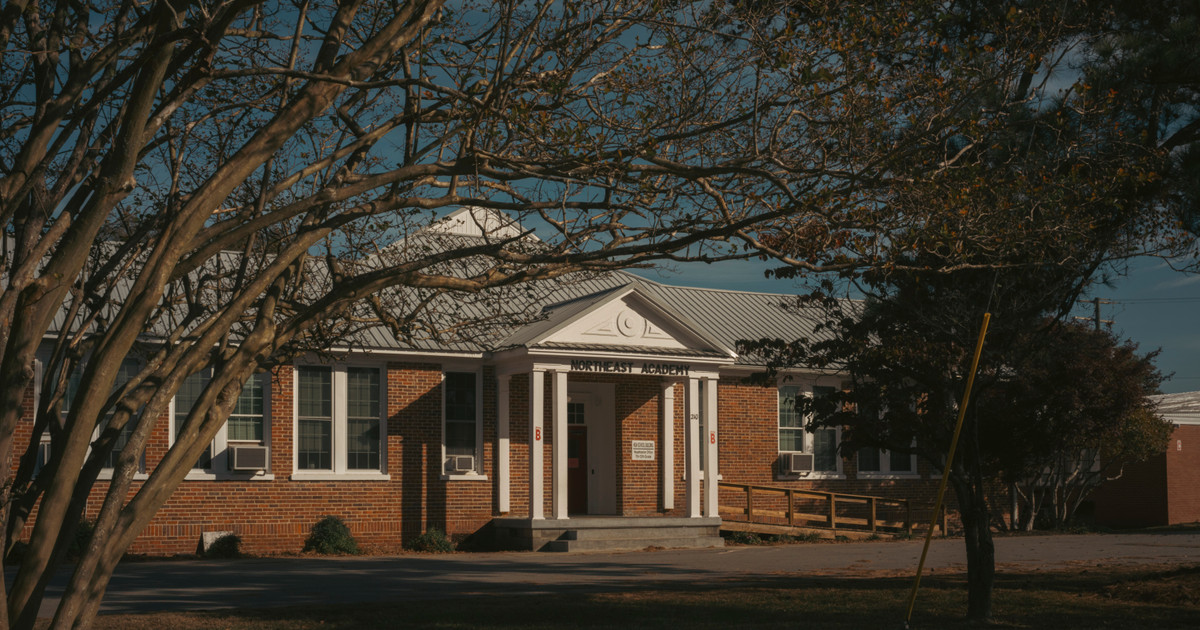Worst case scenario
1. States set their own rules, creating big gaps in education quality.
2. Poorer schools lose federal funding for things like special education.
3. Rich areas thrive while poor ones fall behind without federal help.
4. No national standards mean no one checks if schools are doing their job.
5. Civil rights protections, like Title IX, could weaken or vanish.
6. Programs for research and education tech disappear.
7. Federal student loans collapse, leaving borrowers stuck with private lenders.
8. U.S. education loses its edge globally without consistent standards.
These programs could all be in trouble at the local level.
Special Education (IDEA).
Low-Income Student Support (Title I).
Free and Reduced Lunch Programs.
STEM Education Initiatives.
Teacher Training and Recruitment.
English as a Second Language (ESL).
Technology and Internet Access.
School Safety Initiatives.
Arts and Music Programs.
Career and Technical Education (CTE).
Rural School Support.
Early Childhood Education (Head Start).
Civil Rights Enforcement.
Best case
1. States get full control, tailoring education to local needs.
2. Less federal bureaucracy means faster decision making and innovation.
3. Schools focus on teaching, not meeting federal mandates.
4. Communities invest directly in education, fostering local accountability.
5. Taxpayer money stays within states instead of going to federal programs.
6. More room for school choice and alternative education models.
7. Local solutions to education problems replace one size fits all policies.
8. Education evolves faster to meet modern challenges without federal red tape.
But we talking about cacs here





 ....
....